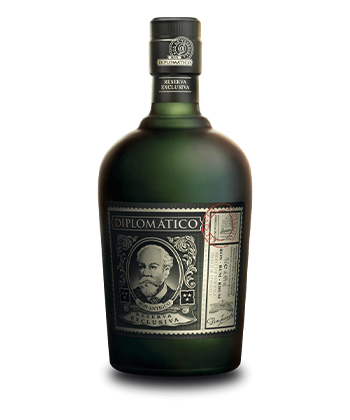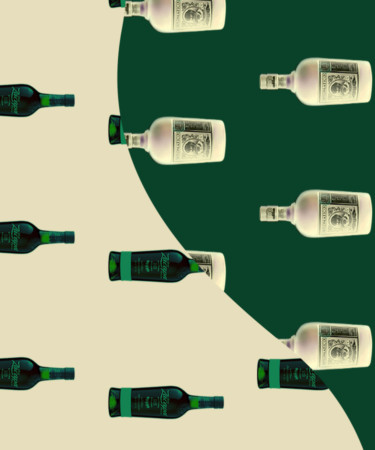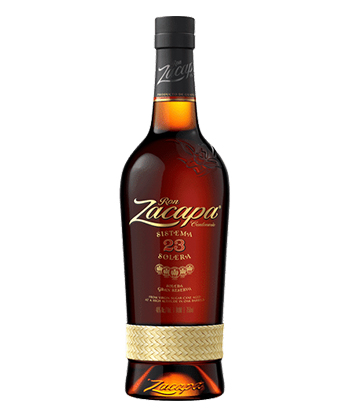While the Caribbean is often credited as the go-to for some of the world’s most revered rums, sugar cane — the crop from which the famed spirit is distilled — has been cultivated in Central and South America for centuries, resulting in an incredibly sophisticated rum culture. Two of the region’s best known brands, Ron Zacapa and Diplomático, offer a departure from the regular lineup.
With their unique terroir, aging techniques, and range in styles, both rums deserve a prime spot on every serious rum drinker’s bar. Read on to learn more about how these two Latin American brands measure up.
Origin
Diplomático’s distillery was first established in 1959 at the foot of Venezuela’s Andes Mountains. Originally owned by Licorerías Unidas S.A (LUSA) via its main shareholder, the behemoth wine and spirits company Seagram’s International, the distillery changed hands in 2002 following LUSA’s sale to Venezuelan entrepreneurs. Today, the company is independent, family-owned, and known as Destilerías Unidas S. A. (DUSA).

Ron Zacapa was released a few decades later in 1976 by Guatemalan doctor and chemist Alejandro Burgaleta, who launched the product to honor the town of Zacapa’s centennial. Originally named Ron Zacapa Centenario, the rum quickly became a hit and source of pride for Guatemala.
Production
Rather than being distilled from molasses like a majority of rums, Zacapa begins its life as “virgin sugar cane,” essentially concentrated sugar cane juice. After the rum is distilled, it is transported to “the House Above the Clouds,” an aging facility located 7,546 feet above sea level in the Guatemalan mountains. With cooler temperatures and low oxygen levels, the high altitude makes it an ideal spot for slow-aging the rum. Similar to sherry, Zacapa matures its rums via the solera method, a technique that involves meticulous blending from barrels that are stacked based on different stages of aging.
Diplomático uses both sugar cane honey and molasses depending on the style of rum, and is known for its unique mix of distillation processes. As the company explains, this involves “various continuous column stills for light rums, batch kettle for intermediate rums, and pot stills for more complex rums.”
Flavor
VinePair’s tasting of Zacapa No. 23 Centenario gave the rum a favorable rating of 92, thanks to the expertly balanced blend of differently aged rums. The bottle was touted as having equal parts “luxurious depth and silky texture,” and a “youthful energy.”
Part of the brand’s “Prestige Range,” Diplomático’s Single Vintage 2005 received a 93 from VinePair. With aromas reminiscent of banana and chocolate chip muffins, dried fruit, spice, and a “nutty complexity,” the single-vintage rum retails for $120 a bottle. Unsurprisingly, both the Zacapa No. 23 Centenario and Diplomático’s Single Vintage 2005 were included in VinePair’s 30 Best Rums of 2021.
Cocktails
Well known in classics like the Daiquiri and the Mai Tai, rum’s complexities have made it the perfect base for some of the most delicious liquid concoctions ever created. But not all rums are suitable for cocktails. Ivo Diaz, the co-owner and beverage director at Casa Ora in Brooklyn, says he usually prefers to drink Zacapa on its own, although he’ll make an exception for a spirit-forward drink like the Old Fashioned.
Diaz describes Diplomático as having “rich notes of chocolate, sweet honey, and cane sugar,” and points out that it “works great on its own but [is] also light enough that you can play with mixing it and create incredible cocktails.”
What the Pros Think
At the end of the day, Diaz believes Diplomático comes in slightly ahead of Zacapa, offering more versatility that makes it the best buy for the price. “You can enjoy it on the rocks or neat — like a great Scotch. All rums are about the mood, so the one I’d choose to drink would largely be based on the occasion,” he says. “Typically, though, I prefer Diplomático, and find it to be an easier rum for beginners as well.”
However, Diaz also appreciates Zacapa’s focus on supporting the local community in Guatemala. “The [Zacapa] bottle has a woven ring around it that you can keep when you’re done to wrap around other cups or glasses. These are actually made by indigenous Guatemalan women,” Diaz says of the brand’s Petate bands. Plus, he adds, Zacapa’s “master blender is a woman.”

